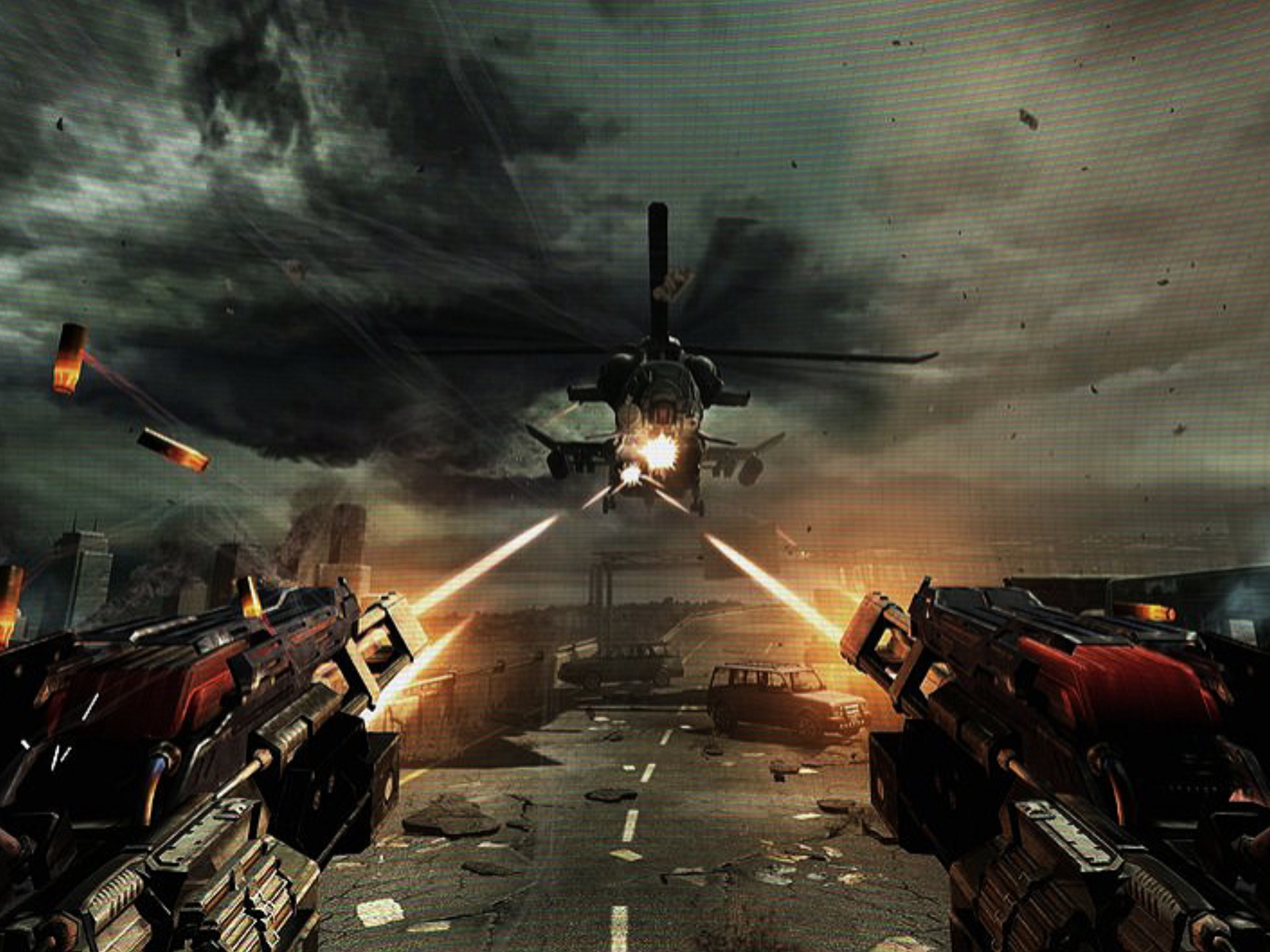Controller Trigger Resistance: Does It Enhance Gaming Immersion?
Introduction
In the world of gaming, immersion is everything. Whether it's the realism of graphics, the depth of storytelling, or the responsiveness of controls, every element contributes to how deeply players feel connected to the game. One often-overlooked aspect of immersion is controller trigger resistance—the physical feedback players receive when pressing the triggers on modern gamepads.

But does adjustable trigger resistance truly enhance immersion, or is it just another gimmick? This article explores the role of trigger resistance in gaming, its impact on player experience, and whether it justifies the increasing adoption in high-end controllers.
What Is Trigger Resistance?
Trigger resistance refers to the force required to press a controller’s trigger buttons (L2/R2 on PlayStation, LT/RT on Xbox). Some advanced controllers, like the DualSense Edge or Xbox Elite Series 2, allow players to adjust this resistance, offering different levels of tension for a more customized feel.
Types of Trigger Resistance Mechanisms:
- Variable Resistance – Adjustable via software or hardware (e.g., DualSense adaptive triggers).
- Mechanical Adjustments – Physical switches that change trigger stiffness (e.g., Xbox Elite paddles).
- Haptic Feedback – Simulates resistance dynamically based on in-game actions.
How Trigger Resistance Affects Immersion
1. Enhanced Realism in Simulation Games
Games like Gran Turismo 7 or Microsoft Flight Simulator benefit greatly from adjustable triggers. A stiffer trigger can mimic the resistance of a car’s brake pedal or an aircraft’s throttle, making the experience more lifelike.
"When I play racing games, having a heavier trigger pull makes braking feel more precise—almost like I’m actually pressing a pedal." – Hardcore sim racer feedback.
2. Tactile Feedback in Shooters
In FPS games, trigger resistance can simulate the weight of a gun’s trigger. A lighter pull may work for pistols, while a heavier resistance could emulate a sniper rifle’s bolt-action feel.
- Example: Call of Duty players might prefer a short-travel trigger for rapid firing, while Battlefield fans may opt for a heavier pull for more deliberate shots.
3. Dynamic Resistance in Action-Adventure Games
The DualSense’s adaptive triggers change resistance based on in-game actions—drawing a bowstring in Horizon Forbidden West feels different from pulling a heavy lever. This real-time feedback deepens immersion by making virtual interactions feel tangible.
Potential Downsides of Trigger Resistance
While trigger resistance can enhance realism, it’s not universally beneficial:
1. Fatigue in Long Gaming Sessions
Heavier triggers may cause finger fatigue, especially in fast-paced games requiring constant input. Competitive gamers often prefer minimal resistance for quicker reactions.
2. Not All Games Utilize It Well
Some titles implement resistance poorly, making actions feel unnecessarily stiff without adding meaningful gameplay value.
3. Added Cost & Complexity
High-end controllers with adjustable triggers are expensive. For casual gamers, the feature may not justify the premium price.
The Future of Trigger Resistance in Gaming
As haptic technology evolves, we may see:
- AI-driven resistance adjustments (e.g., triggers adapting to player grip strength).
- More widespread adoption beyond premium controllers.
- Integration with VR for deeper physical feedback.
Developers are still experimenting with how best to use resistance, but early feedback suggests it’s more than just a novelty—it’s a tool for deeper engagement.
Conclusion: Does Trigger Resistance Really Add to Immersion?
The answer depends on the game and player preference. For simulation and story-driven titles, yes—it enhances realism and tactile feedback. For competitive gaming, maybe not, as speed often outweighs immersion.
Ultimately, adjustable trigger resistance is a step forward in controller innovation, offering players more ways to tailor their experience. As developers refine its implementation, it could become a standard feature that defines next-gen gaming immersion.
Tags: #GamingTech #ControllerDesign #Immersion #TriggerResistance #DualSense #XboxElite #GamingInnovation
Would you like any modifications or additional sections?


















